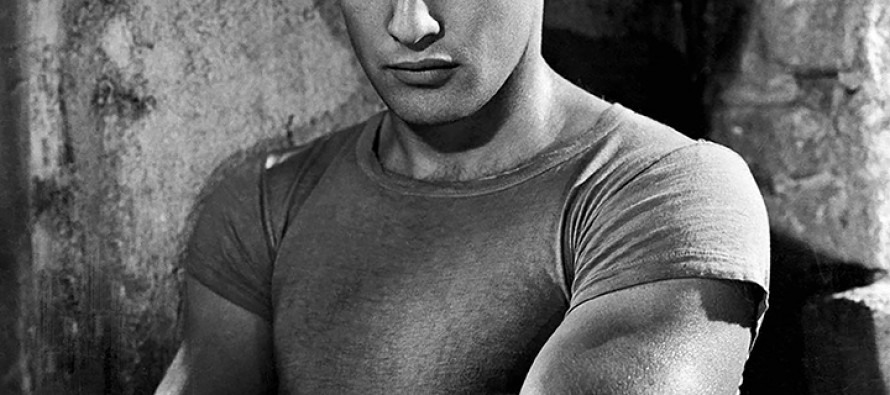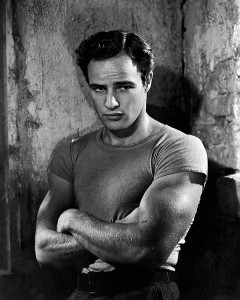Style File: fashion firsts

By Allanah Wills and Ashley Ann Mentley
When it comes to fashion, there are some items that seem hard to believe never existed. Items that are such staples, not only in everyone’s closets, but in western culture and every day life.
The t-shirt is one of these items. Shirts themselves have been around since the middle ages, but didn’t quite resemble what we’re used to today. The more modern style of a t-shirt didn’t come about until the late 1800s. Made out of cheap and light fabric, the US Navy issued them as undergarments during the Spanish-American War. They remained popular with veterans afterwards, but it wasn’t until famous actor Marlon Brando wore one in the 1951 movie “A Streetcar Named Desire” that t-shirts truly became a part of fashion.
High heels may be a crucial part of today’s fashion and Hollywood style, but they had a rather unexpected start. It seems all too often a man will complain that his wife has too many pairs of shoes, perhaps too many pairs of heels to be specific. A woman might argue there are so many different types of heels nowadays – pumps, stilettos, sling back, peep toe – she needs options. Interestingly, though, men were the first ones to wear heels. In the 1600s, it was a symbol of status and privilege because only a man who didn’t have to work all day could wear such uncomfortable shoes. This logic clearly didn’t last. Women started wearing heels to embrace their masculinity and add height and finally men stopped wearing them in the 1700s. It wasn’t until the mid-20th century that new technology allowed designers to use metal in new ways, which soon after led to the stiletto. Women’s shoes (and feet) have never been the same since.
Another staple in women’s fashion has been dated to as far back as ancient Egypt, but it takes jumping a few thousand years ahead to see the creation of a modern miniskirt. Hemlines first started to rise in the 1920s as flappers showed their bare ankles and calves in beaded, feathered and glittery skirts. Full below-the-knee skirts remained all the rage though and anything else was considered scandalous. Leave it to the 1960s to change all that. British designer Mary Quant pioneered the miniskirt, wanting to design something that girls could run for the bus in and is quoted as saying, “Style should be arrogant, aggressive and sexy.” Although the miniskirt was initially banned from places like the Academy Awards (and even some entire countries) famous faces like Twiggy helped the look reach popularity.
Famous faces, whether they’re actors, models, politicians, etc., can have a great deal of influence on what becomes a popular fashion trend. This was no different with the leather jacket. This look first came into culture in the early 1900s when it was worn by pilots and the military but the trend then hit Hollywood where famous actors like James Dean used the jacket to symbolize a cool, tough-guy image. Think Danny Zuko in Grease or Fonzie in Happy Days – the jacket helped to define the character. With the punk sub-culture then taking over in the 1970s, bands such as The Ramones continued to use the jacket to associate with rebellion and female rockers like Joan Jett made it a unisex look. While the leather jacket still has a bad-boy connotation, it has definitely made its way into both mainstream and high fashion for men and women.
Fashion trends clearly come and go throughout the years. Recently there have been resurgences of 90s grunge styles, 70s fringe and flare, 50s full skirts – the list goes on. But regardless of what the current fashion trends are on the streets or the runways, it’s never hard to find the basic t-shirt, high heels, mini skirts and leather jackets among it all.

Marlon Brando starred in the 1951 movie “A Streetcar Named Desire,” helping to make the basic t-shirt a popular fashion piece. (Photo courtesy of thefashionisto.com)


